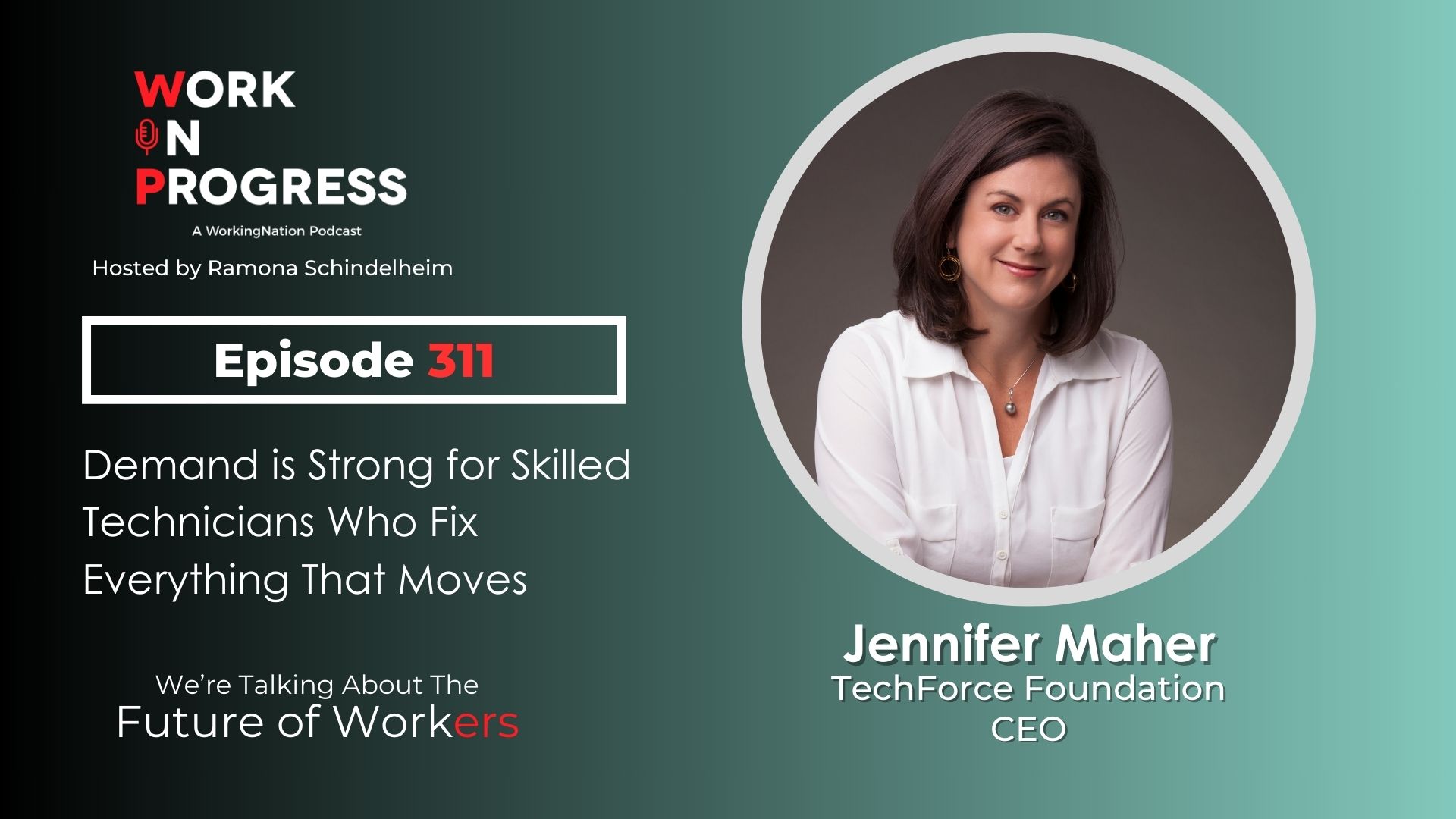Want to attract a $200 billion tech giant to your city? Then you might want to follow the lead of the “Capital Region.” Also known as the Baltimore-Richmond and northern Virginia-Washington, D.C. area, the Capital Region (specifically Arlington, Virginia) won the Amazon HQ2 (along with Long Island in New York City), which is estimated to bring more than four million square feet of office space and 25,000 new jobs to Northern Virginia alone.
Information technology and software developers are aplenty in Silicon Valley, for sure. But according to a recent McKinsey and Company study, other seemingly unlikely cities — like the Capital Region has proven — can attract the tech industry too.
Learn by example, then replicate
With almost three-quarters of a million new jobs in computers, engineering, science, and math anticipated in this next decade, the employment outlook isn’t just good news for job seekers. Obviously, cities with employers that attract these workers can also expect a big economic boost.
By assessing their community, collaborating with their stakeholders and articulating their goals, the Capital Region’s initiative has become a case study that other metropolitan areas can emulate to build their tech talent pipeline, according to McKinsey’s report.

Assessing the results
The Capital Region analyzed its graduate tech talent and found that it actually ranks in the top three in the nation — behind only the San Francisco Bay area (not surprisingly) and the New York tri-state area. As the industry strives to prioritize diversity and inclusion, the region does well: it surpasses the Bay area, Atlanta, Philadelphia, and Seattle when it comes to the number of women tech graduates, and attracting and retaining female talent.
It also found its educational institutions graduated with a large number of quality talent. But, after graduating, the analysis showed that these new professionals left the area for San Francisco or the New York City area. While almost the same number of graduates relocated to the Capital Region from other areas, the study called the region a “talent trader,” in other words, importing as much talent as it exports.
When it comes to specialties within tech jobs, the Capital Region leads the U.S. when it comes to the percentage of workers in information security, more than double its closest competitor (San Francisco). The study credits the local defense industry. But when it comes to artificial intelligence (AI), the numbers flip — and then some. The west coast attracts more than 40 percent of AI workers, while the Capital Region keeps only four percent.
Armed with this data, the region and its stakeholders were able to strategize and take steps to win the Amazon bid. The study identified three tactics that the region used — and other areas can use — to develop a tech talent pipeline.
Align talent strategy with economic vision
Just like a company develops goals and the steps to accomplish them, cities can do the same. The Capital Region identified innovation and local talent development as goals and took steps to attract and retain talent.
These steps obviously worked. In announcing its HQ2 selection, Amazon officials cited, through a media statement, they were “looking for a location with strong local and regional — particularly in software development and related fields — to continue hiring and innovating on behalf of our customers.”
Adopt a data-driven approach
Know your strengths and gaps. Identify your resources. Develop a timeline and track your progress. These steps can mitigate challenges and help manage and gain support from your stakeholders.
Spur collaboration
Partnerships with industry and educational institutions aren’t uncommon. Both parties should consider them to be long-term relationships that can benefit both parties. Universities, colleges, training programs and more can work with industry to constantly update their curriculum to maintain relevancy, ensuring graduates get the skills they need to qualify for jobs.
It becomes a cycle of success for the community.
Related Articles:
It pays to live and work in these cities
How 3 cities are training America’s workforce
Building American Dream Factories, one city at a time
States developing strategies to understand in-demand skills and connect workers











